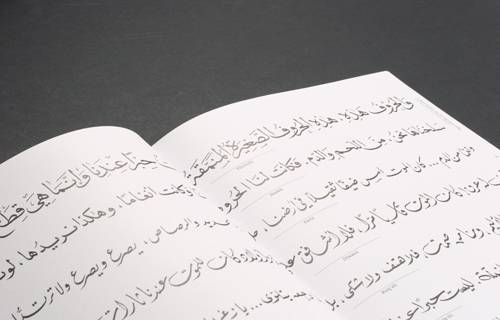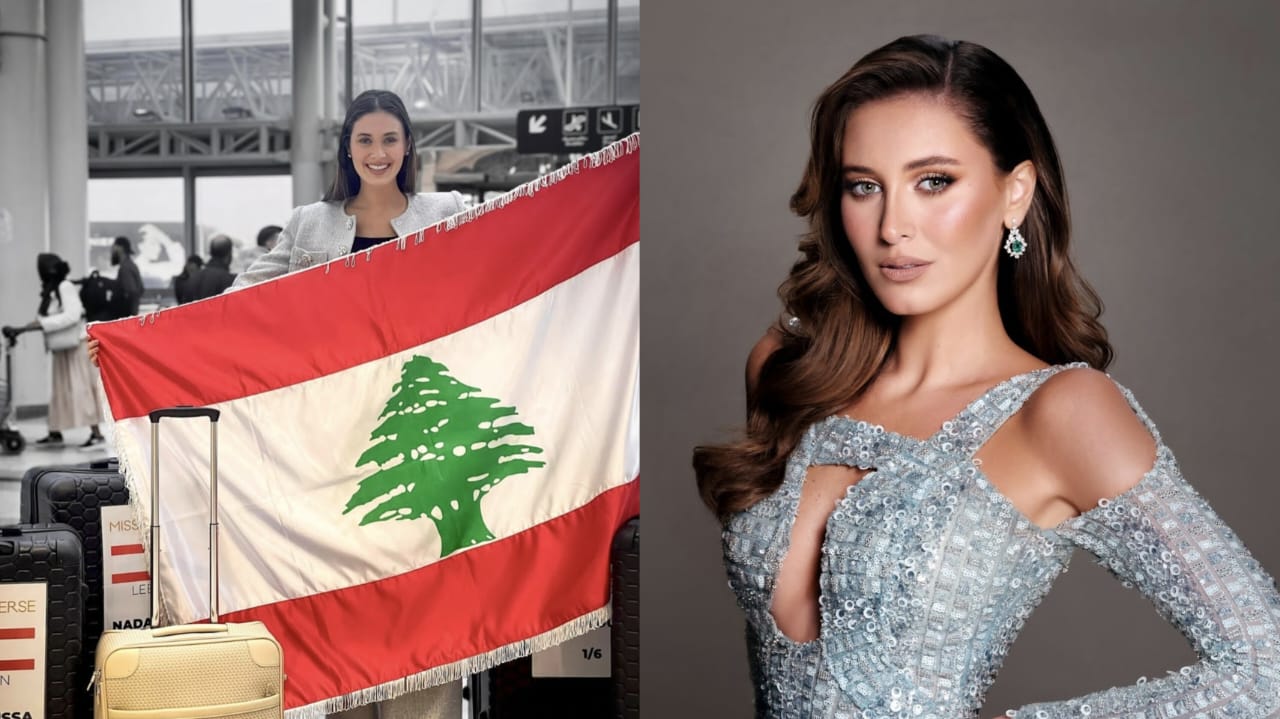A Look Back At Beirut’s Public Bathhouses: Havens For Family Bonding
Did you know about the beloved bathhouses that were dotted across Beirut in the past? Once standing as vibrant social hubs, these establishments held a special place in the lives of locals, serving as so much more than places to cleanse and maintain hygiene. The bathhouses embodied a cherished tradition, wherein families would gather often for a full day of shared experiences. Learn more on today’s episode of Beirut’s Collective Memory.
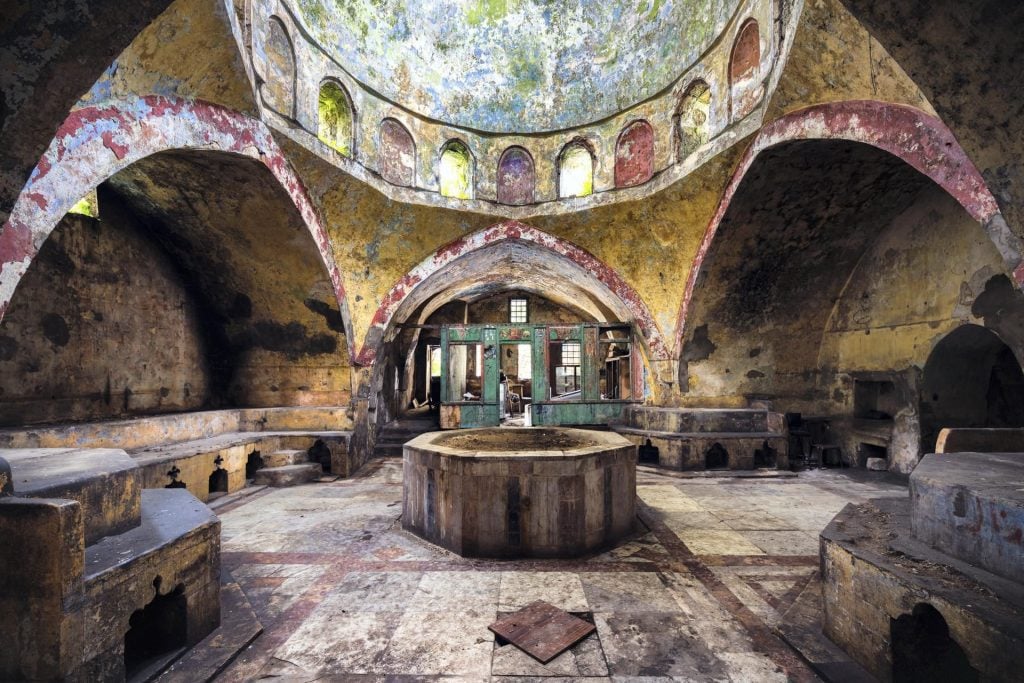
Listen in to the stories below to learn more about these wonderfully nostalgic echoes.
Today, if one of us wants to take a shower or a bath, it would take around 10 or 15-minutes for us to do just that before we move on with our day and go to work or to our destination. But a long time ago, the bathhouse was the destination. It was even the family’s destination, and it was treated as if they were going on a picnic. Each person would take all their necessities for the day to the bathhouse: towels, soap, henna, loofah, bags, brushes.. and food, fruits, sweets, and of course anything needed for the arguile. And a trip to the bathhouse wasn’t limited to a family going to bathe (which is normal), but it was also a part of wedding tradition. When someone was getting married, they would have to go to the bathhouse. At that time, the bathhouses were reserved for men at night and for women during the day.
What was the bathhouse like? It was a large, spacious area generally with rooms around it, called ‘khallwat’, and the family would rent one of these rooms and spend the whole day in the bathhouse. And it’s called khallwat because the family could be alone in this area that sometimes could be two rooms. Were these public baths something new? No, these baths date back to the Roman era. In Roman times, there were three large rooms in the bath: the Caldarium, the Tepidarium, and the Frigidarium, which were the hot room, the warm room, and the cold room. It was called a Hypocaust at the time.
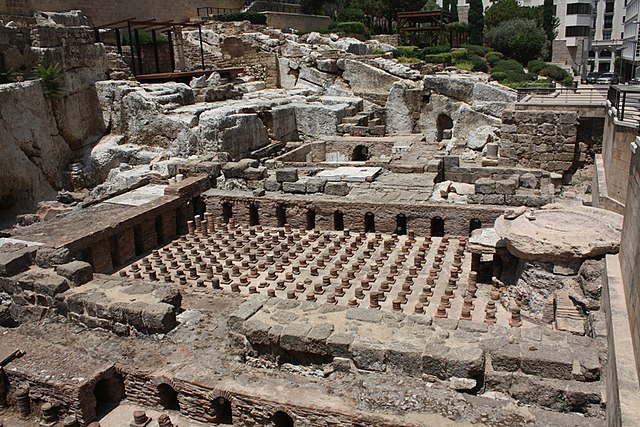
In old Beirut, bathhouses were not something new at all, and public baths continued to exist throughout the ages in walled Beirut throughout the Ottoman period to the French mandate, there were public baths for families to go to until when the bathrooms began to be part of homes in new constructions.
Among the traditions that used to take place in Beirut was when the bride goes to the bathhouse. The groom would then send her something called the “bride’s towel” or the “bride’s bath bag”. This was meant to showcase the generosity of the groom, and this was a very, very important tradition in Beirut because the groom’s generosity was essential to marriage. In fact, it was often said that ‘the marriage dissolved in the bath’ in the event that the gifts inside the towel were scarce, which suggested that life would be difficult with this man. And one of the things that used to happen in Beirut also were invitations to the bathhouse. Meaning, women used to go to the bathhouse before noon and have a party like a feast with dancing, hookahs, and spend 3-4 hours at the bath together. And some of these parties would have more than 200 women at a time, and the women would wear all their jewelry at that time because most of the time, they would not show their jewelry except in the bathhouse.
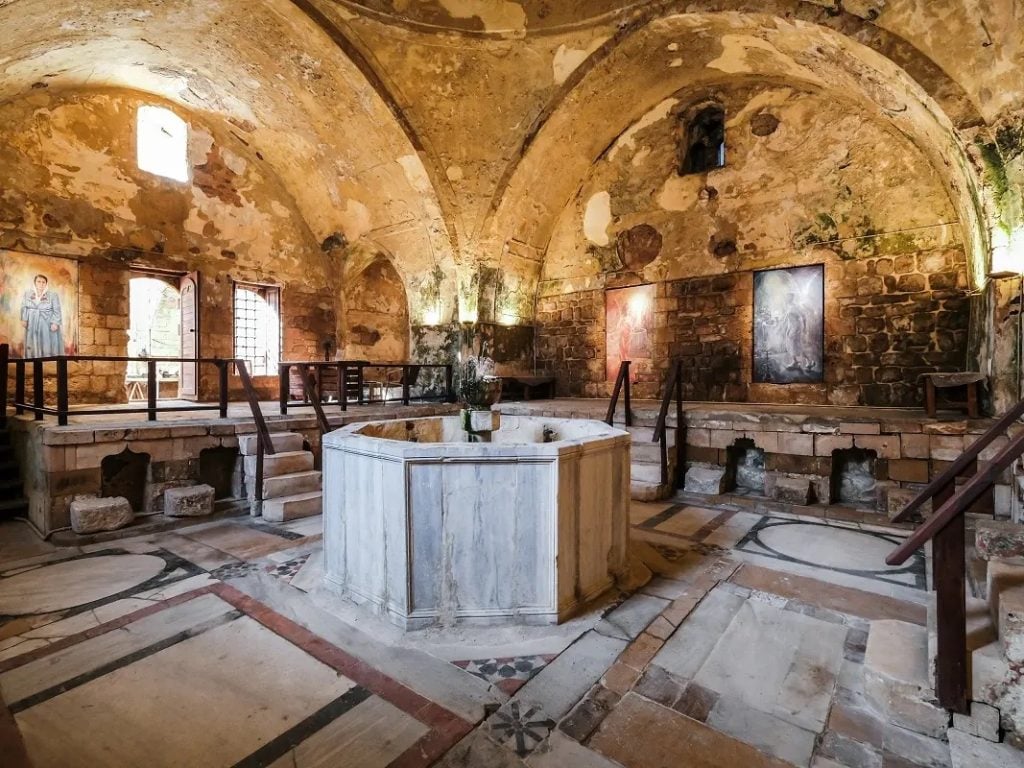
Among the most famous bathhouses was the Fakhreddine bathhouse, which was called the Tankiz bathhouse in 1632. The Turkish bath which was on Maarad Street was called the “Al Jadeed Bathhouse” in 1864. There was also the Ouzai bathhouse, and in Souk el Tawileh there was the Zahret Souriya (or Zahariya) bathhouse built by a member of the Zahhar family. There was also the Bahri bathhouse which was also known as the hammam of Switzerland, the Bashoura bath, and the Nuzha bath. The Nuzha Bathhouse is the only one that remained.
Note: sadly, Al Nuzha bathhouse is currently closed.
Check out our video discovering the abandoned Hamam al Nouri:
@beirut.com Discovering the abandoned beauty of Hammam al-Nouri🧼💧: A forgotten Mamluk masterpiece in Tripoli. #abandoned#hammam#urbex#hiddengem#beirut#tripoli#lebanon#fyp ♬ Gole Yakh – Kourosh Yaghmaee
Do you have stories or anecdotes to share about Old Beirut? Email us!
collective-memory@beirut.com
To join the WhatsApp group that started it all and to tune in to more beautiful Beirut stories, click here
Join Group on WhatsApp
Sharing these stories would not have been possible without the work of following historians and researchers. If not for them and many others, Beirut’s heritage and history would have been lost. A special thanks goes out to:
Louis Cheikho – Taha Al Wali – Nina Jedejian – Hassan Hallak – Suheil Mneimneh – Abdul Lateef Fakhoury – Ziad Itani – Beirut Heritage Society – Ya Beyrouth Page


